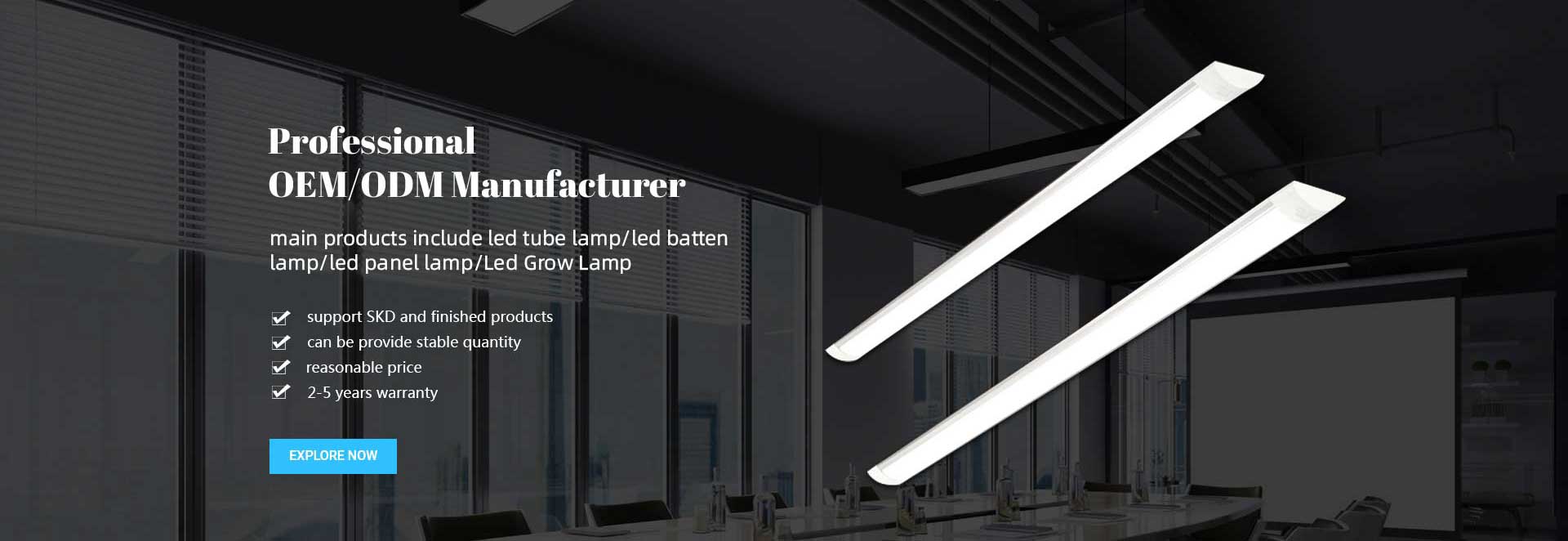

Why Choose Haoyang Lighting
Haoyang Lighting
This is our Vertical Farming LED grow light, which is a modern lighting solution designed to enhance vertical farming system’s crop production and growth. Specifically created for growing multiple levels of crops, the LED light ensures that all parts of plants remain alive and in good health. Our grow light has high energy efficient Diodes that provides the right range of wave length needed by plants to make their own food through photosynthesis which results in strong, bloom and fruit production. This lighting apparatus can be fixed with simplicity on the vertical planting structure saving space by placing it on top of one another and increasing yields for more harvests. In your indoor farm, whether it is vegetables, spices or other plants you are doing; this will offer very huge returns especially when used in conjunction with other inputs. Get to know modern agriculture as we introduce our Vertical Farming LED Grow Light into your indoor cultivation system.
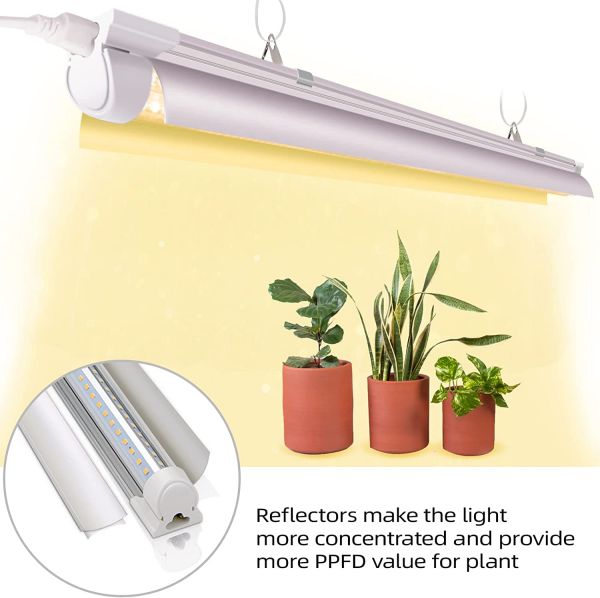
Model No.:HY-GP-B
Brand: Haoyang
Color temperature:Pink/ 3000K/4000K/5000K/6500K
Lumen/Watt:90-100Lm/W
(Ra): 70 or 80 IP40
Support dimming: No
Lamp life (hours): 30000
Input voltage (V): 165-265V or 85-265v
Main body material: PC+Aluminum
Application: indoor gardening, flower shows, pot and container gardening, greenhouse lighting, sowing, breeding, farming, etc
Keyword: LED Plant light/Led grow light
Lamp Power(W): 10w/20/36w
Dimension: 300/600/900/1200/1500
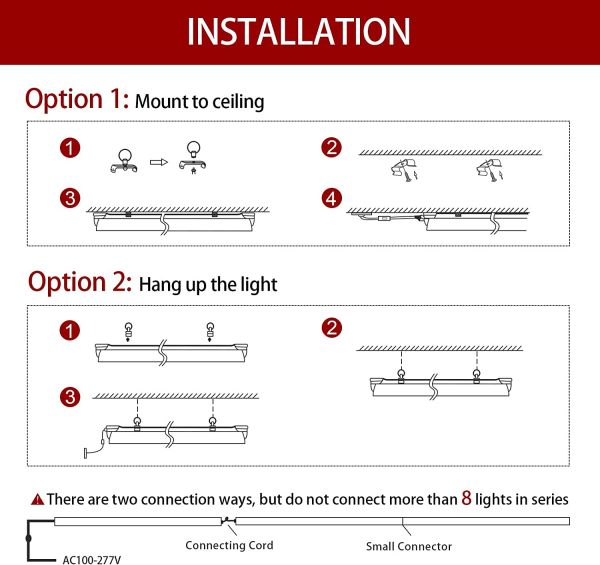
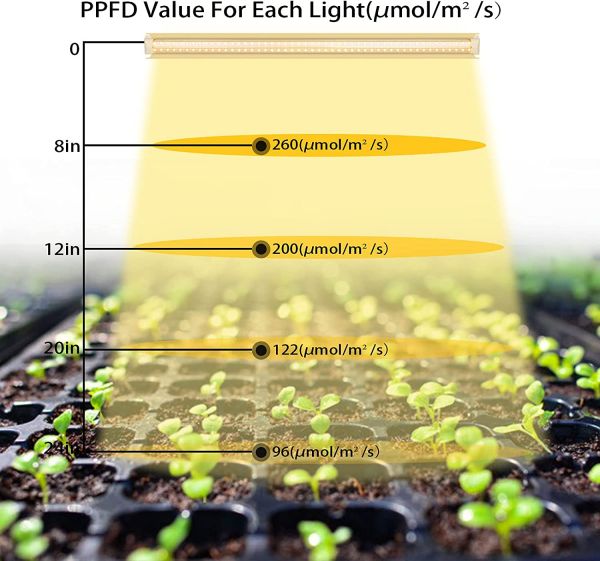
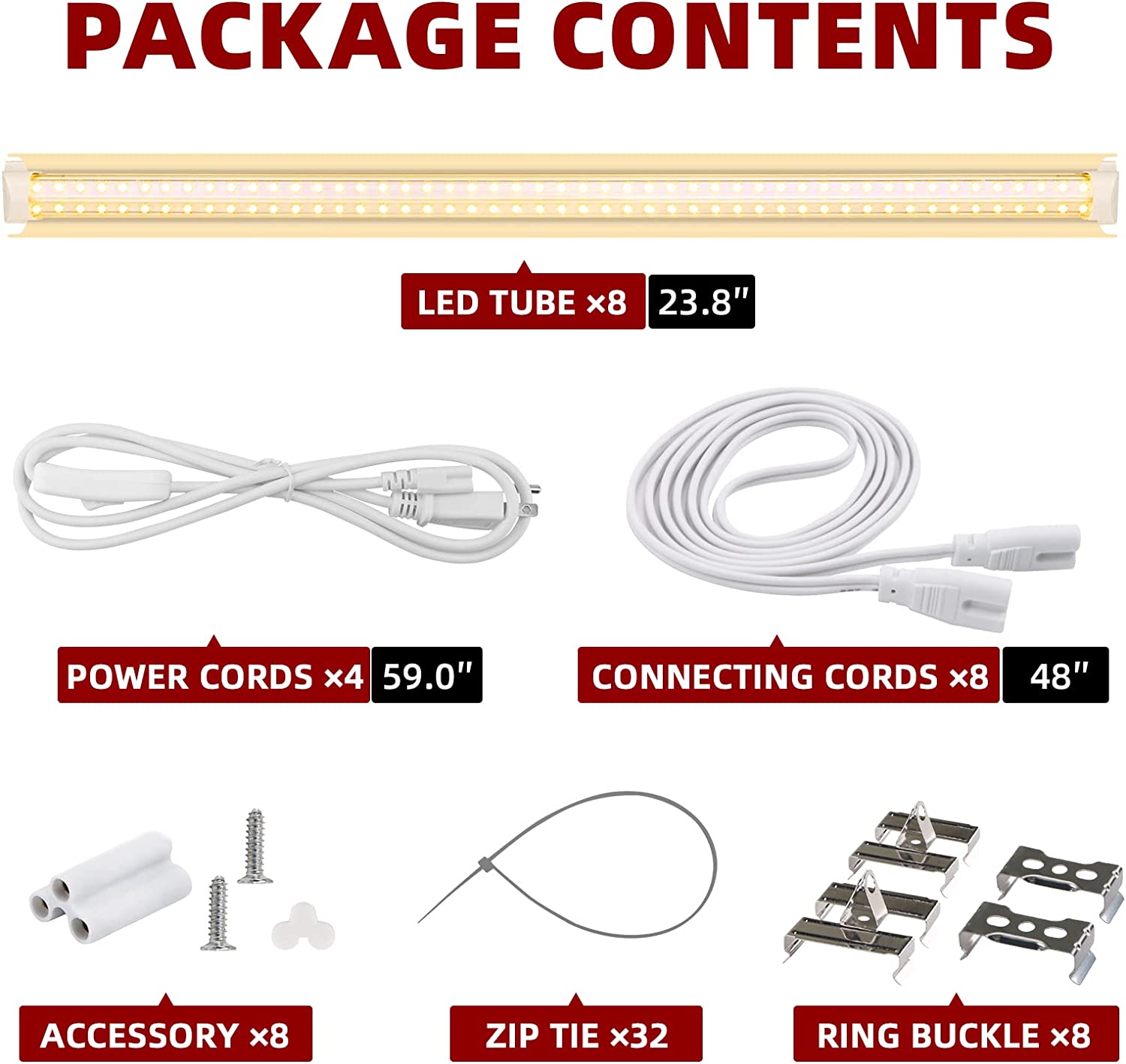
Energy Efficiency: These kinds of grow lights emit a higher percentage of their energy into useful light than traditional lighting systems, thus making them highly effective in terms of energy. This implies that they consume less power than other types.
Customizable Spectrum: A majority of these grow lights are flexible as they can be adjusted to have different levels of spectrum and intensity at various stages of their development. For this reason, the growers may change light absorption and photosynthetic process by varying the spectrum thereby allowing such processes as flowering, good health and fruiting.
Low Heat Emission: In comparison to usual lights, greenhouse LED grow lights generate minimal heat that is why they do not expose plants in greenhouses to heat stress or damage. Thus, these can maintain an average temperature for greenhouse even when there is high insolation.
Uniform Light Distribution: An advantage with LED is that they ensure uniform light distribution throughout the plant cover ensuring every plant receives fair amount of lumen. It encourages equal growth and development as well as limits shade effects while maximizing on available space for growing crops.
Long Lifespan: Therefore, those who use LEDs will keep maintenance costs low due to their long-lasting nature which usually range up to tens of thousands hours prior to replacement. The same level of luminous efficacy should be maintained over time especially when used in commercial greenhouses.
Versatility: Many vegetables, fruits, herbs and ornamentals can be grown using these types inside different forms including freestanding greenhouses, high tunnels and vertical farming systems among others. They are also compatible with all other possible designs meant specifically for this type of farming; hence it is perfect for any modern-day farmer depending on one’s purpose.
Environmentally Friendly: As such; LED lamps used in green house lighting are not environmentally unfriendly since they contain no harmful substances like mercury or lead. These appliances minimize carbon emissions because their electric consumptions are smaller thus reducing pollution common in electricity generation.
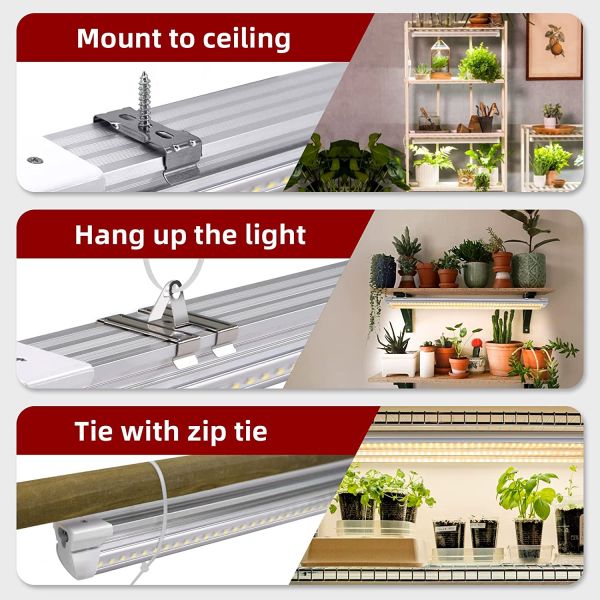
Indoor Gardens: Vegetative grow lights are very important when it comes to indoor farming of plants all year round, providing the necessary light spectrum for good leafy growth, sturdy stems and lively roots hence they can be used for growing a wide selection of vegetables, herbs and leafy greens indoors.
Greenhouses: Greenhouse operators use vegetative LED grow lights to supplement natural sunlight during periods of low light or bad weather, or as their sole source of illumination in such circumstances. The lamps offer reliable illuminance levels and fast-growing capabilities leading to an extended cultivation period resulting in increased yields.
Commercial Cultivation: In commercial horticulture, growers usually prefer LED lights during the vegetative stage of many crops including cannabis, leafy greens, etc. Thereby offering energy efficient lighting solutions suitable for industrial scale indoor farms where plant growth is consistent with high quality.
Research and Education: Research institutions, universities and educational facilities studying plant biology and horticulture often find valuable tools in vegetative grow lights; hence such institutes invest heavily in purchasing these devices. This enables researchers as well as students manipulate lighting conditions so that they could study the response of plants while optimizing their growing techniques.
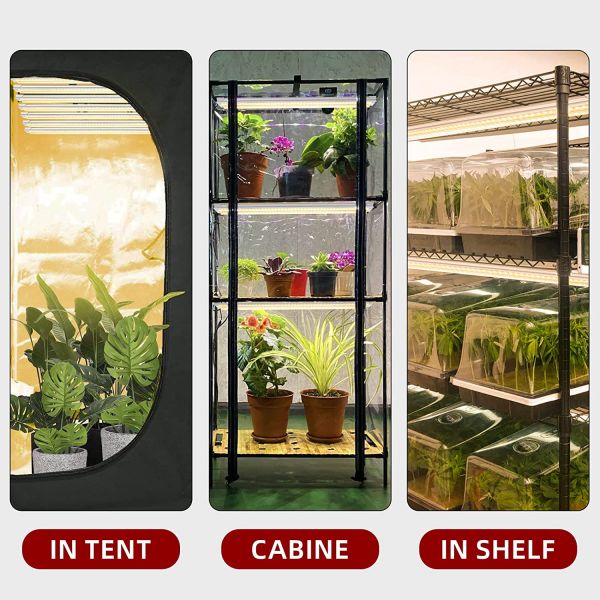
Yes, greenhouse LED grow lights can supplement natural sunlight or be used as the primary light source in greenhouse environments, especially during periods of low natural light.
Greenhouse LED grow lights can usually be installed using standard greenhouse mounting methods, such as hanging from overhead structures or mounting on greenhouse support posts.
The optimal height for installing greenhouse LED grow lights depends on factors such as light intensity, crop type, and greenhouse layout but is typically several feet above the plant canopy to ensure uniform light distribution.
Yes, greenhouse LED grow lights enable year-round cultivation by providing consistent light levels regardless of external environmental conditions such as day length or weather.
Yes, greenhouse LED grow lights can be used with light movers or rotating systems to ensure uniform light distribution across the greenhouse and minimize shadowing.
Yes, greenhouse LED grow lights come in various sizes and shapes to accommodate different greenhouse layouts, crop types, and light intensity requirements.
Yes, greenhouse LED grow lights are commonly used in large-scale commercial greenhouse operations due to their energy efficiency, long lifespan, and customizable light spectrum.
Yes, greenhouse LED grow lights can be integrated with automated greenhouse systems to control light schedules, intensity levels, and other environmental factors for optimal plant growth.
Yes, greenhouse LED grow lights are compatible with hydroponic systems, providing plants with the necessary light for photosynthesis and growth.
Greenhouse LED grow lights produce less heat compared to traditional lighting sources, but proper ventilation or cooling may still be necessary, especially in high-intensity setups or in warmer climates.
Some greenhouse LED grow lights are compatible with smart greenhouse systems, allowing users to control light schedules, intensity levels, and other parameters remotely using smartphone apps or other devices.